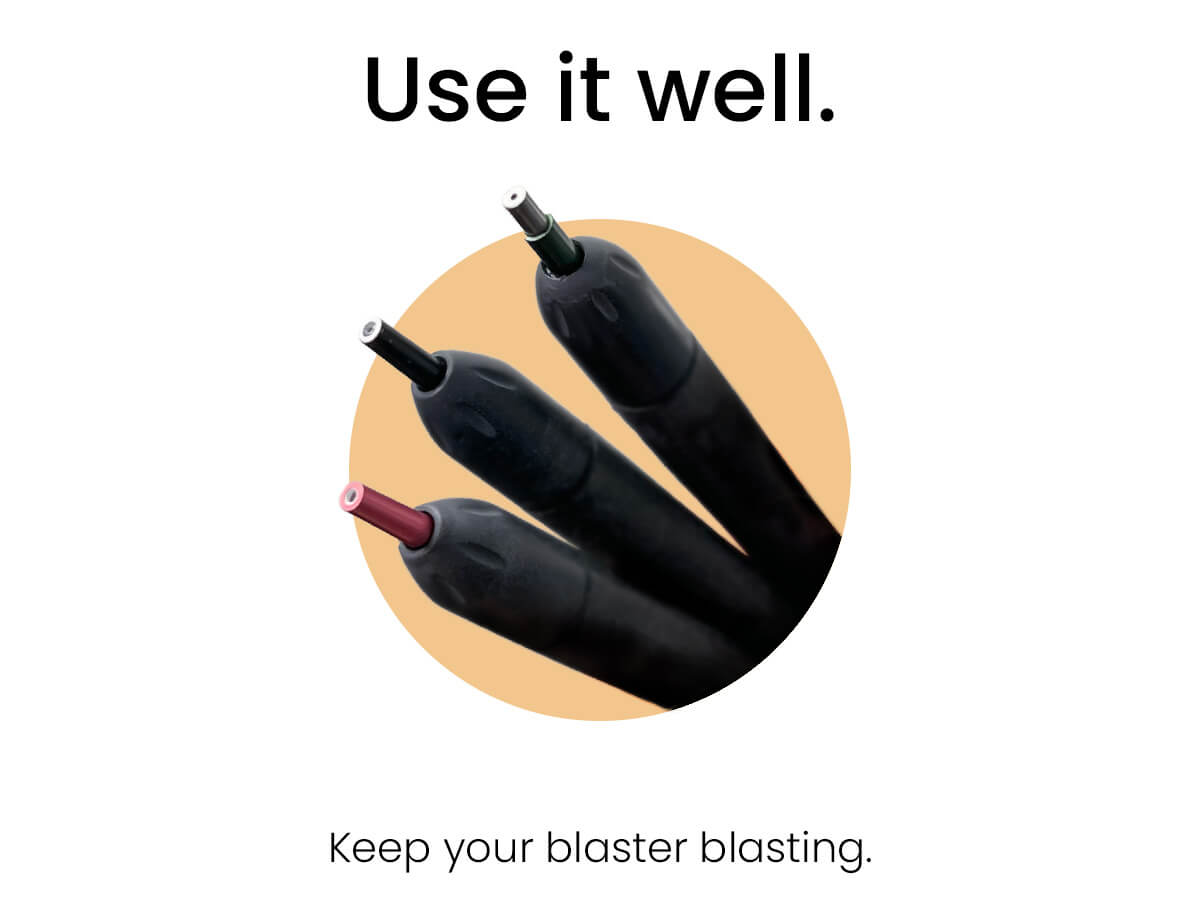
Remember that New Year’s resolution for 2022? Resolve to take care of your sandblasters…Click here.
Micro abrasive sandblasting equipment is used in many industries, including Dental, and is expanding to many more industries with great success. But — as it’s well known — these machines can become a nuisance quickly if not properly maintained.
Below are a few basic Micro Abrasive Sandblasting tips and advice that will improve your blasting experience.
1. Clean and dry abrasive
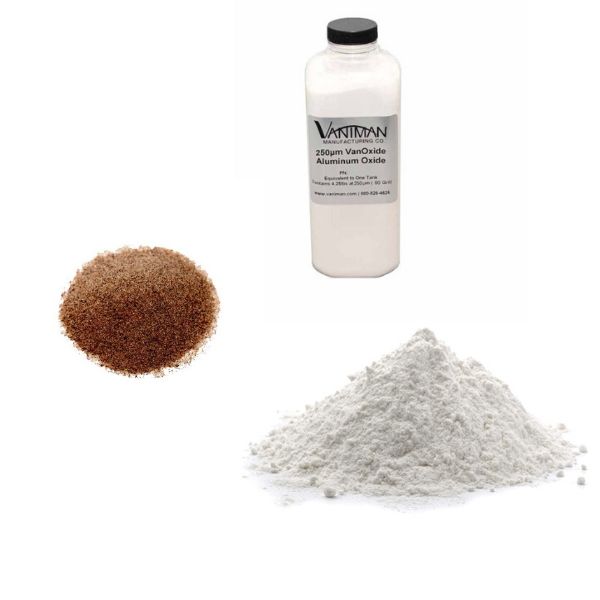
Clean, dry, compressed air is one of the most important items needed for proper operation of a micro abrasive sandblaster. Contamination by water and or oil will cause clumping of the abrasive in the jar, preventing the abrasive from flowing freely to the blasting tip.
It is also important to store abrasives in a clean dry container to ensure moisture in the air does not contaminate the abrasive.
Also, the size of the abrasive being used (e.g. 50 microns) must fall within the size indicated on the top of the jar (e.g. 50-100 microns) so the abrasive will flow evenly to the tip. The blasting tip size must also be compatible with the size of the abrasive to ensure an even flow. On Vaniman sandblasters, the tanks are clearly labeled and should match up to the handpiece tip, so avoid switching tank lids. (For our walnut shell media blaster, the design is a basin for siphoning and recycling the media – there is no tank.)
2. Irregular flow
If the flow of abrasive from the tip is uneven or nonexistent, remove the tip from the handpiece and check for a blockage in the tip. If the tip is free of any obstructions, the most likely cause of the problem is a blockage in the jar
Contact a Vaniman technician for instructions on how to clear the blockage. Call (760) 723-1498.
3. Refilling abrasive
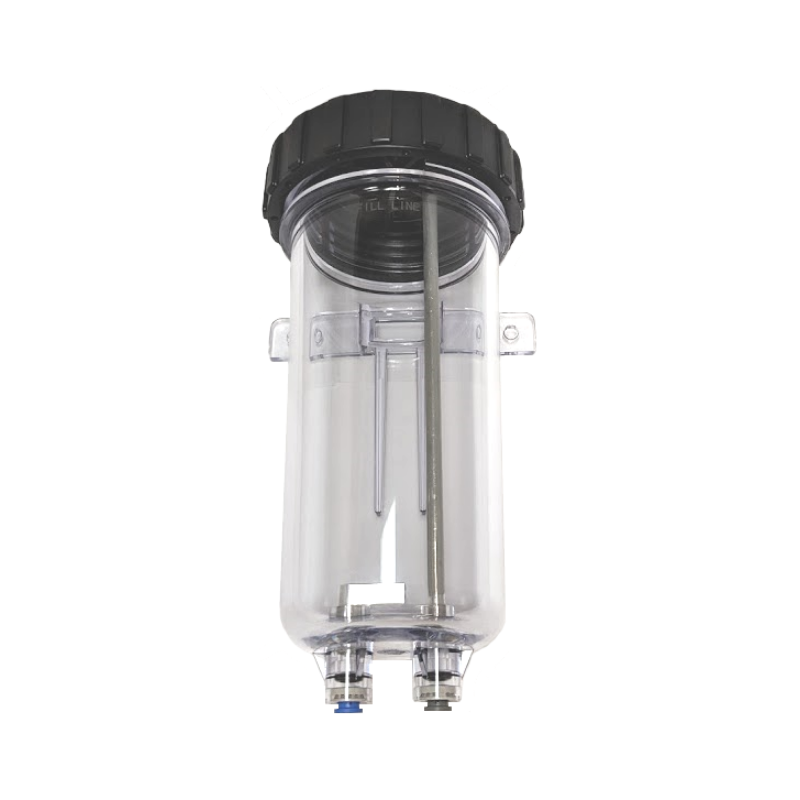
The new style jar with the screw on lid used in all Vaniman blasters for the past 10 years allows the operator to fill the jar easily. Care needs to be taken to ensure that abrasive is not allowed to build up in the threads of the jar or the lid.
If a buildup occurs, the abrasive will cause the jar and lid surfaces to become rough, and in some cases, will cause air leaks or be difficult or impossible to unscrew the lid.
Also, the O-ring in the lid must be in place at all times to ensure a proper seal. This prevents abrasive from moving into the jar threads, which can also cause the lid to be difficult to remove.
A clean lid should screw on the jar with little resistance until you feel the O-ring engage the top of the jar. Continue tightening the lid with moderate pressure. It is not necessary to apply extreme force to achieve an air tight seal.
RELATED: The Vaniman Guide to Microabrasive Sandblasting Media
4. Replacing the blasting tip
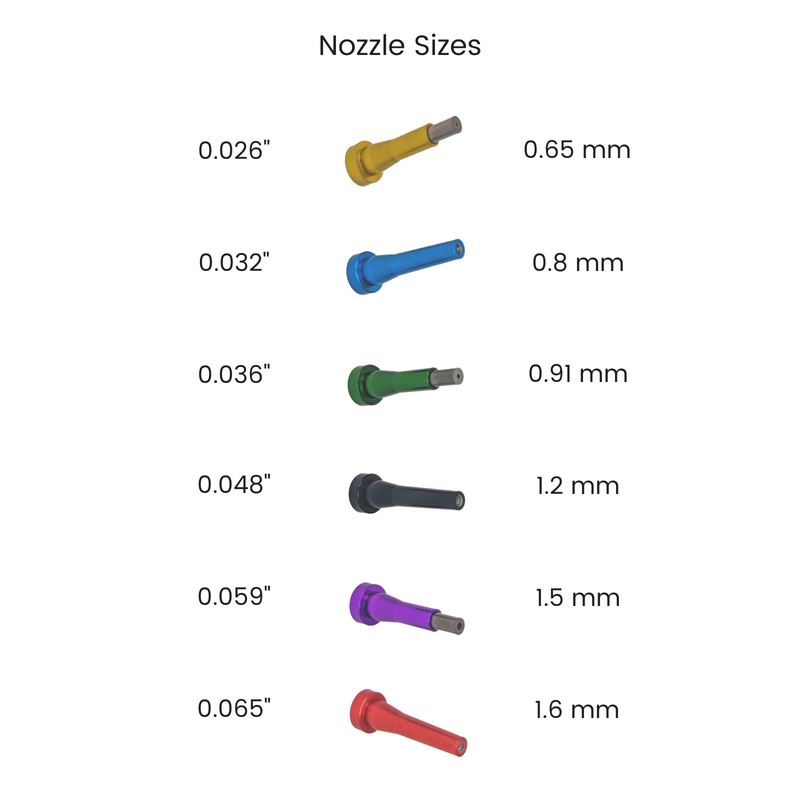
When replacing the blasting tip in the handpiece, make sure the small black O-ring is in place behind the new tip.
Each new tip comes with a new O-ring. Operating the blaster without this O-ring will result in the abrasive cutting a hole in the side of the nozzle cap over time.
Don’t know which tip to get? See our Sandblaster Nozzle Size Chart for Sandblasting Applications.
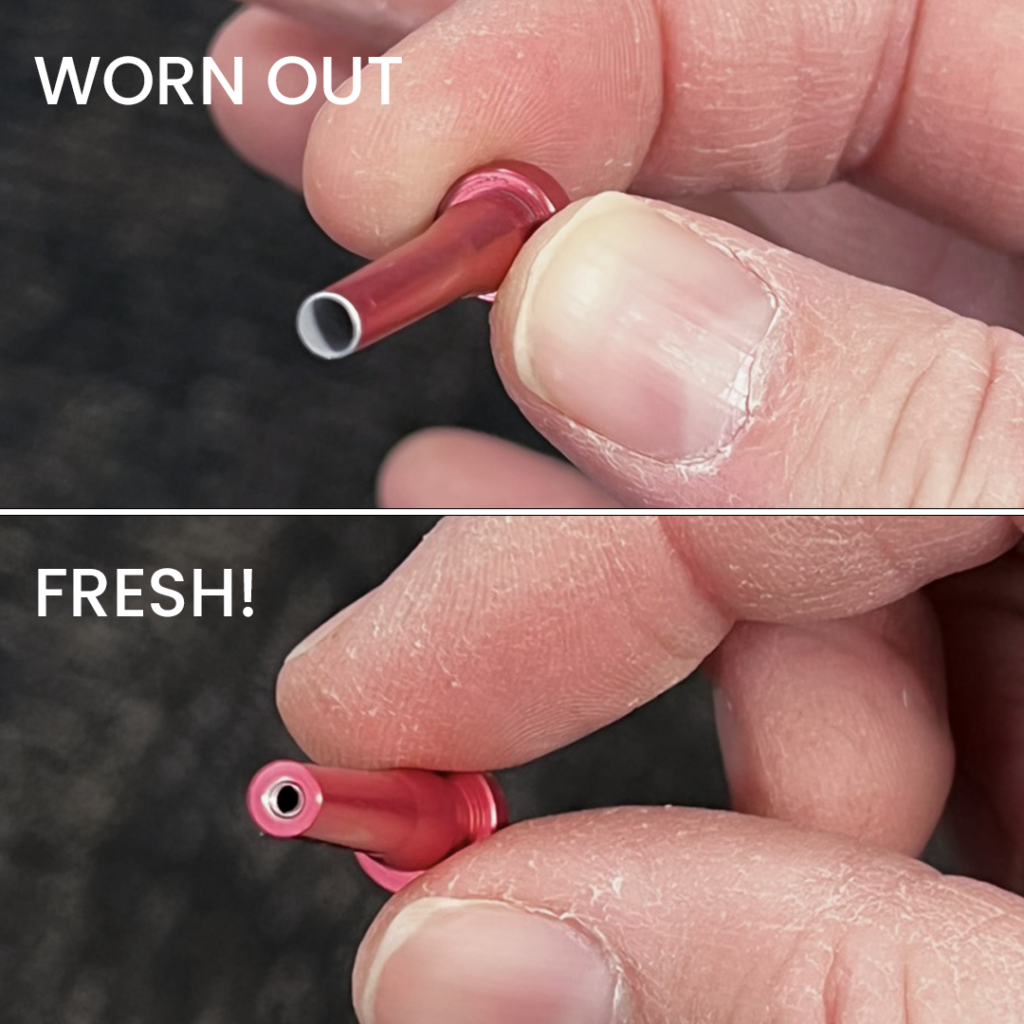
5. Using a dust collector
Use a dust collector (industrial or dental) to reduce the blasting cloud and remove excess abrasive from the blasting cabinet.
During the blasting process, the abrasive is broken up into dust leaving a cloud in the cabinet. This makes it hard to see what’s being blasted so adding a dust collector will completely get rid of the cloud. It is very difficult to have a 100% clean blasting cabinet, but to help reduce the excess abrasive, blasting should be directed towards the dust collection port.
BONUS TIP: use a Static Cling window protector to keep the window itself from getting scratched by the media and debris. Without that protection, the window develops a “foggy” or “cloudy” look over time that cannot be cleaned off.
We strongly advise following these tips to ensure successful blasting with and longevity of Vaniman’s micro abrasive sandblasters.
Please note: this Tech Tip is written for Vaniman’s Micro Abrasive Sandblasters but can be applied to all blasting units.


